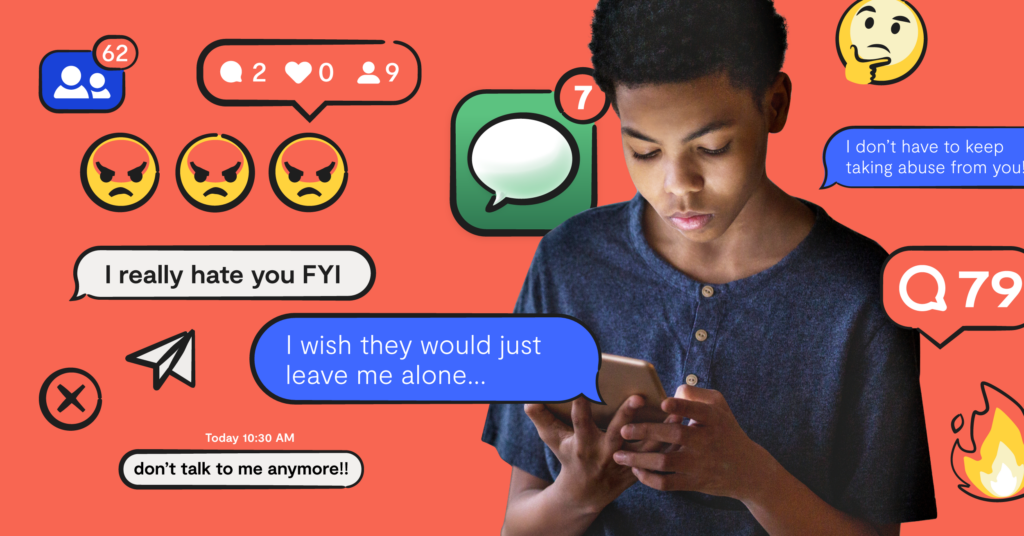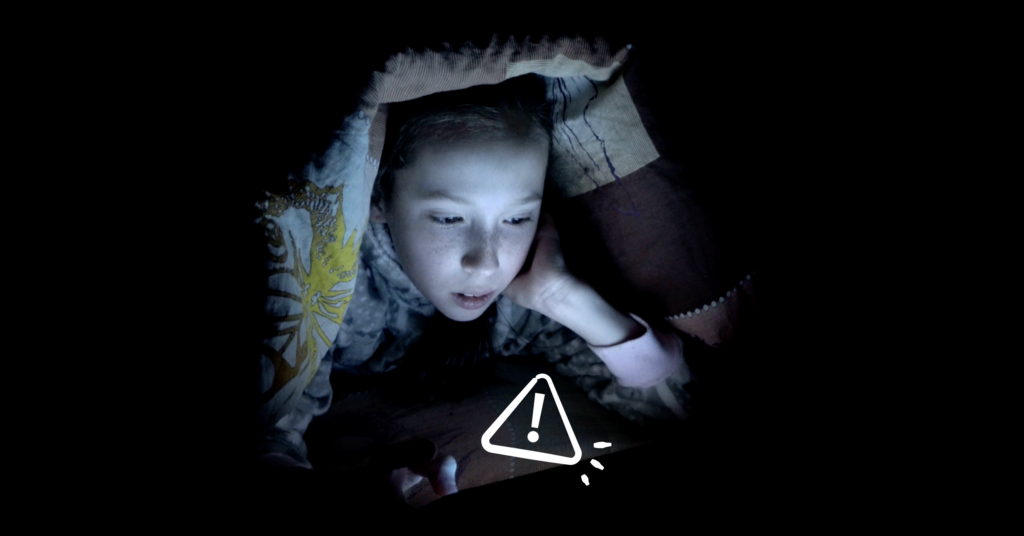
**Please note: This blog post was updated on April 14, 2023.**
October is National Substance Abuse Prevention Month, which means it’s a great opportunity for parents to start conversations with their kids about the facts and dangers of substance abuse. There’s so much to unpack when it comes to teen substance abuse, so it’s understandable that parents might not know exactly where to start. But the National Center for Drug Abuse Statistics (NCDAS) says that at least 1-in-8 teens have abused an illicit drug in the last year. That tells us this is a highly prevalent issue, and our philosophy is that it’s always better to address these things sooner rather than later.
So sticking true to that philosophy, we’ve put together this overview of substance abuse to help parents approach the topic with their kids. No matter what your background is with substance abuse, whether it’s something personal to you or you have little to no experience, this post can serve as a helpful resource to educate both you and your child. So let’s get started!
What is Substance Abuse?
According to John Hopkins Medicine, substance abuse is the term used for a recognized brain disorder, describing a pattern of substance use that results in “significant problems or stress”. These problems include missing school or work, taking part in reckless or dangerous behavior, creating difficulty with important relationships, or ending up in legal trouble. People who struggle with substance abuse will find themselves dependent on these drugs, going to extreme lengths to stay on them. Often the loved ones of people struggling with addiction feel the burden as well, having to navigate the best way to get them help and keep them safe.
The most common substances used among teens are alcohol, marijuana, and vaped nicotine. A recent trend is also showing an increase in fentanyl use, which is a highly potent and deadly opioid. In the last two years, fentanyl overdose deaths have tripled among teens.
A common belief held by some parents is that even if their kids do experiment with drugs while in high school, they will most likely grow out of it as an adult. The “it’s just a phase” mentality. While this might be true in some cases, the National Institute on Drug Abuse recently published an article that says this is not what they are seeing in their research. After surveying teens and adults, they found that adolescents who had severe substance abuse experiences in high school were likely to continue seeking drugs into adulthood, with their symptoms of substance abuse worsening as well.
Parents should be aware of these risks, recognizing the extremely slippery slope these substances can put kids on. Once you start, it’s hard to find the line between normal, non-harmful usage and severe abuse. And once the line is crossed, it could be years of fighting the addiction.
What Parents Should Look For
There are some warning signs parents can look for if they feel their child may be using drugs. This is not an exhaustive list, and not every kid is going to react the same way. In fact, some of these symptoms may seem like normal teenage behavior or symptoms of something else, like a mental illness. It’s important for parents to consider their kid individually as well as any extenuating circumstances. However, the following are known to be common warning signs for substance abuse:
Behavioral signs
- Sudden change in friends
- Withdrawal from family and normal activities
- Ignoring curfew restrictions
- Uncharacteristically defiant or caustic
- Skipping class or letting grades slip
- Being deceptive and manipulative
Physical signs
- Weight loss or weight gain
- Dilated pupils (associated with cocaine, amphetamines, or hallucinogenics)
- Pin-point pupils (associated with barbiturates and heroin)
- Bloodshot eyes (associated with marijuana use)
- Lack of proper hygiene
- Unusual odors
- Unexplained injuries
Psychological signs
- Lack of motivation
- Poor morale or apathy
- Depression
- Mood instability
- Anxiety or paranoia
How To Talk With Your Kid:
The best defense against substance abuse is open conversation and education. We suggest listening first, asking your kid what their opinion on drugs and drinking is, as well as what they’ve heard from their friends and school. Try to keep an open mind no matter what they say. The less it feels like a lecture, the more they’ll feel they can be honest about what they’ve seen and what they believe.
Then you can tell them the dangers of drugs and alcohol. Try to emphasize that the risks of these substances far outweigh any good or benefit. At the end of the day, all drugs have the potential to be life-threatening — even if it seems like you’re taking a small amount or the drug doesn’t seem as risky compared to others. Either way, the results of taking drugs (or even being around others taking drugs) can be unpredictable and therefore, dangerous.
You should also discuss the specific circumstances your kid might come across these substances, like at a party or get-together with friends. By now, we know that peer pressure is real and can be really hard for kids to tackle. So parents should brainstorm with their child different ways to say no to their friends if they’re offered something. Some examples are:
- “I can’t, I have too much to do tomorrow. Can’t be hungover and run laps at track.”
- “My mom would be able to smell the pot from a mile away. No way I’d get away with it so I can’t.”
- “That’s ok, I’m trying to quit.”
- “I get sick really easily so I don’t think it’s a good idea.”
- “No thanks, I’m not into that.”
- “I’m the designated driver tonight so nothing for me.”
Your other best defense against substance abuse is being realistic. And realistically, your kid might not be able to say no every time. All kids mess up in one way or another, so it’s important that your kid knows you will always be there for them if they do. If they find themselves a little too drunk or a little too high, make sure they know you will come to rescue them wherever they are. You’d probably prefer they call you to pick them up in the middle of the night— rather than try to get home by themselves and end up hurt or in jail.
Be sure to continue checking in with your child as they get older, knowing that open communication will help stop a lot of issues before they even begin. And for more help, Bark can monitor your child’s social media and text messages for any drug-related content, that way you’ll know exactly what conversations need to happen to keep your child safe.
Read more
Bark helps families manage and protect their children’s digital lives.





